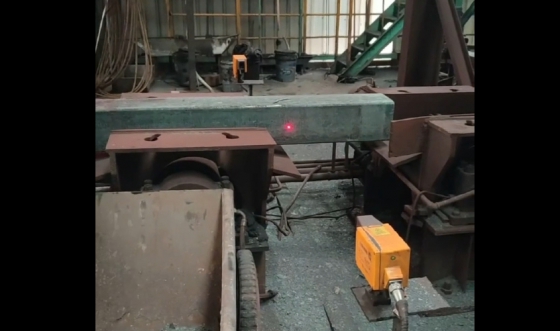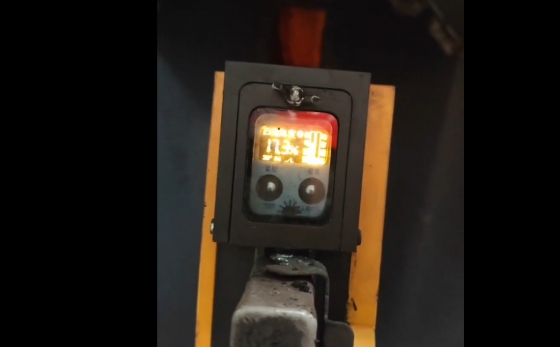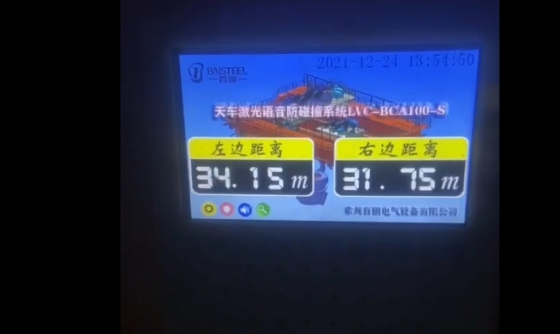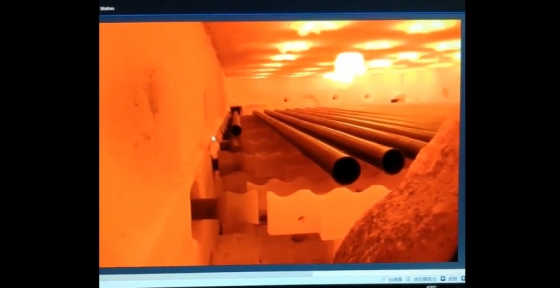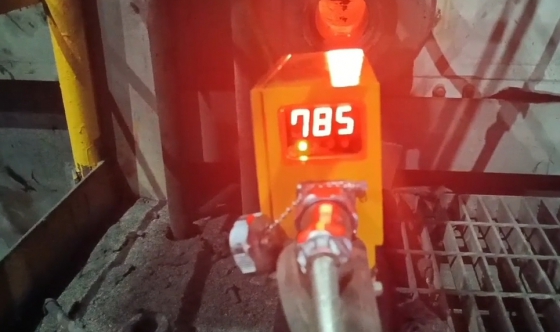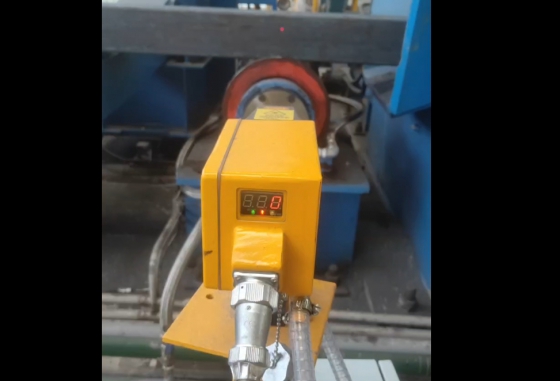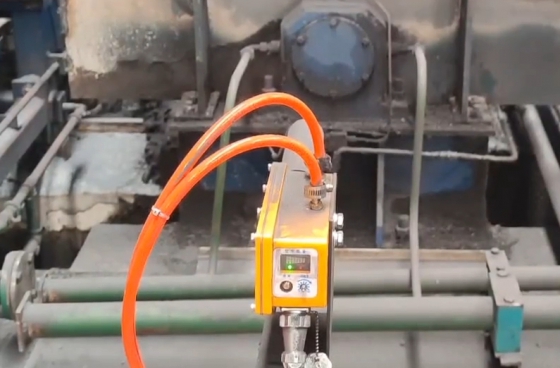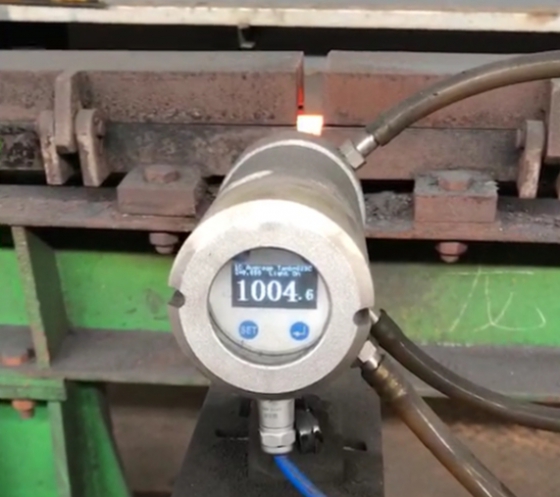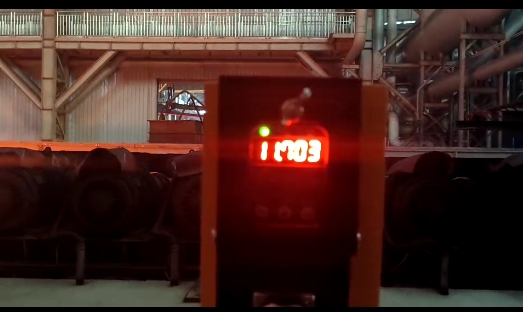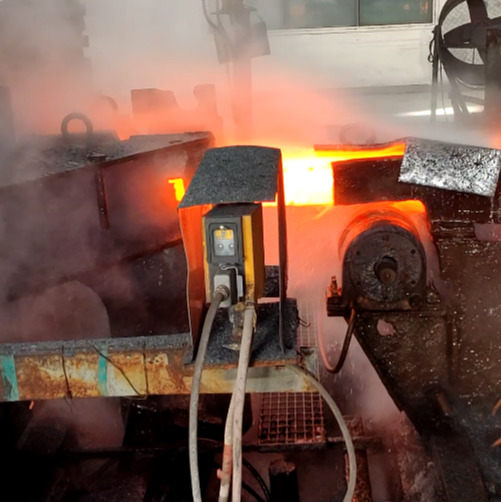Applications of Light Curtain Sensors in Steel Rolling Production Lines
Eu. Product Overview
The Light Curtain Sensor (Link) is a specialized photoelectric device with wide-field detection capabilities, designed to identify small targets. Controlled by a microcontroller, it scans light beams and employs advanced algorithms to deliver stable, reliable detection.
II. Working Principle
The sensor operates on the photoelectric effect, emitting and receiving light beams to detect objects. In steel rolling lines, it is installed at critical positions to monitor material passage (e.g., billets, plates). When a target interrupts the beam, the sensor triggers a signal to initiate control actions.
III. Application Scenarios
In steel rolling production lines, light curtain sensors are used for:
Material Positioning & Tracking:
Accurately detects material position and movement, providing data for automated control systems.
Enables real-time monitoring to optimize production flow and boost efficiency.
Safety Protection:
Monitors hazardous zones (e.g., near rolling mills) for intrusions, triggering alarms or emergency shutdowns to protect personnel and equipment.
Equipment Condition Monitoring:
Tracks operational status of rolling mill components (e.g., roll rotation) to identify malfunctions and guide maintenance.
IV. Key Advantages
Light curtain sensors offer the following benefits in steel rolling lines:
High Precision & Stability:
Combines advanced photoelectric technology with microcontroller-based control for reliable detection.
Wide Detection Coverage:
Broad field-of-view suits large-scale material detection in rolling mills.
Ease of Installation & Maintenance:
Flexible mounting and low-maintenance design reduce operational costs.
Robust Anti-Interference:
Specialized optics and signal processing resist glare, dust, and vibrations, ensuring stable performance.
V. Conclusion
Light curtain sensors excel in steel rolling lines through their precision, wide coverage, and anti-interference resilience, enabling accurate material tracking, safety enforcement, and equipment monitoring. By enhancing automation, safety, and maintenance efficiency, they drive sustainable growth for steel manufacturers.
 Baisteels
Baisteels

